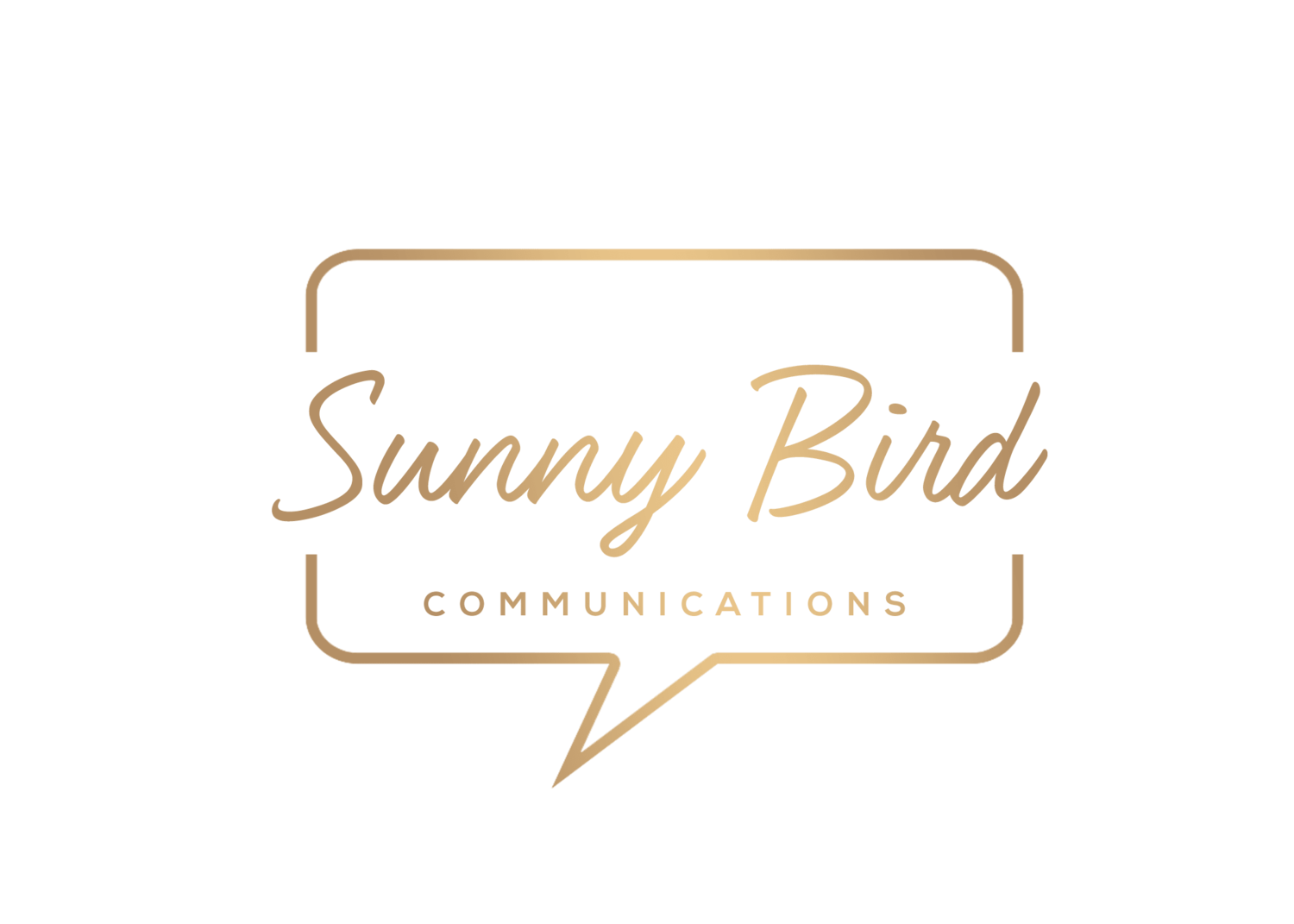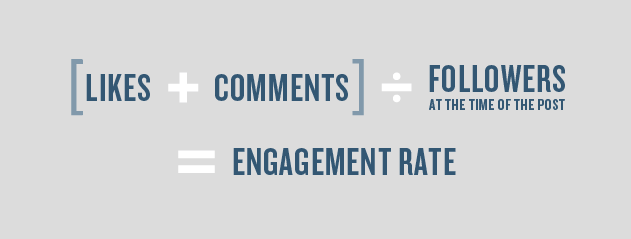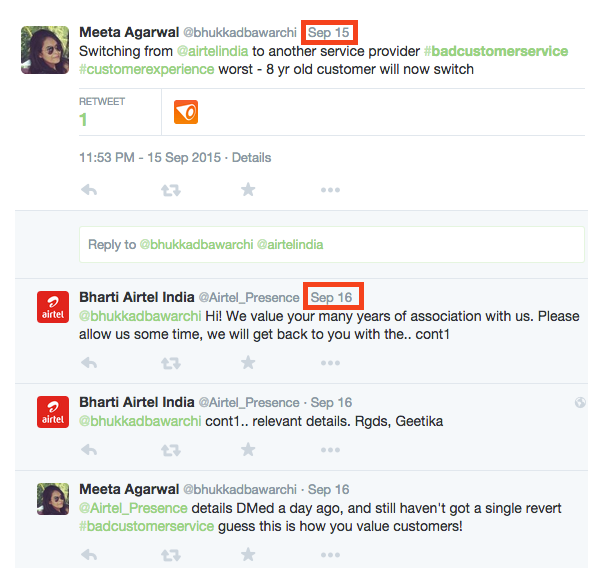Long gone are the days where your follower count legitimised your social media presence, now it is all about interacting with your audience and boosting engagement rates.
As accepted wisdom once suggested, the more likes or followers an account has, the greater its influence. However, in the world of social media, where a shiny profile can hide a multitude of sins, followers and likes are an easy game to fake thanks to the rise of bots and buying.
With measurements of social media success ever evolving and leaving last year’s benchmarks as obsolete relics, we thought it worthwhile to un-flesh the latest buzzwords- ‘engagement rate’.
What exactly is engagement rate, how is it measured and, most importantly, why does it matter?
What is Engagement Rate?
Obviously, the metrics vary from platform to platform, but generally speaking engagement rate is used to measure the level of interaction an account receives on its shared content. Simply put, it is the percentage of your audience which react or respond to the content you broadcast. The greater number of likes, shares or comments indicates a greater level of engagement.
How is it Measured?
Your engagement is measured by your likes and comments combined per post divided by your total following and times by 100.
Average engagement rates are notoriously unreliable as it is hugely industry specific. As a general rule anything over 1% is considered good engagement on Facebook whereas Instagram generally averages at around a 3% engagement rate, perhaps explaining the monumental rise of brands on the platform.
Twitter on the other hand only has an average rate of 0.7% given the volume of tweets and the speed of the timeline.
It’s a good idea to keep a spreadsheet of your different post types and the corresponding rates to accurately gauge what your audience is responding to, and what they’re not.
Why is it Important?
Followers and Likes are often referred to as ‘vanity metrics’ as although important, they don’t complete a full picture of how your audience is responding to your content.
For example, most people like a page because they see their friends do so or because they like a certain post at a certain time, but it is quickly forgotten. Therefore, even with high number of followers, it is still possible to see little interaction.
For example, the infamous Twitter fail from Rita Ora back in 2014. The pop princess tweeted she would release her new single on Monday if she got 100,000 retweets. Despite having 4 million Twitter followers, only 1,000 people retweeted her and the tweet was swiftly deleted.
Even with millions of fans supposedly at her finger tips, without an engaged audience, Rita Ora was effectively only speaking to 1000 people which is an engagement rate of 0.025%!
Evidently, a high engagement rate is a good indication that your followers are listening to what you have to say, developing trust in you as well as your brand and ultimately increasing brand awareness.
How to Improve Your Engagement Rate
Think of social media as a committed, long-term relationship with your followers. Ideally businesses and brands want to ensure they deliver the best customer experience through these platforms. In that sense, improving engagement is by no means rocket science but it does take dedication.
1. Start a conversation
The cardinal rule is to give your audience something to ‘engage’ with. Talk about your industry, share some behind the scenes content or share something of value with your followers which isn’t just a product or service. When people realise there is a human, or humans, behind a brand they will be much more likely to follow it.
2. Promote Brand Enthusiasts
A simple yet effective way to boost conversation is to promote your fans. Posting user generated content helps boost engagement by rewarding those who follow and engage with you and consequently encouraging others to do the same. The guys at Jimmy’s Iced Coffee are great at doing this and making customers feel part of something bigger.
3. Jump on Trending Topics
If something is viral, you want to be part of it! If it’s trending or in the news in any way think how to harness a topic and divert traffic to your channel. Clothing giant Gap did a good job of this when the retailer promoted its sustainable wares for #EarthDay.
4. Be Responsive
Make sure you respond to questions and queries as quickly as possible to keep your followers on side. It’s important to appear alert an attentive, otherwise people will think you don’t value them as a follower. Like this painful feed from telecommunications company Airtel.
5. Join the Conversation
If starting a conversation seems like a big step right now, or if you’re stretched for time and resources, an effective way to boost engagement and simultaneously creativity is to join a Twitter chat or Q&A. You’ll be surprised how quickly you will see results, whether directly or indirectly from picking up tips and ideas along the way!




